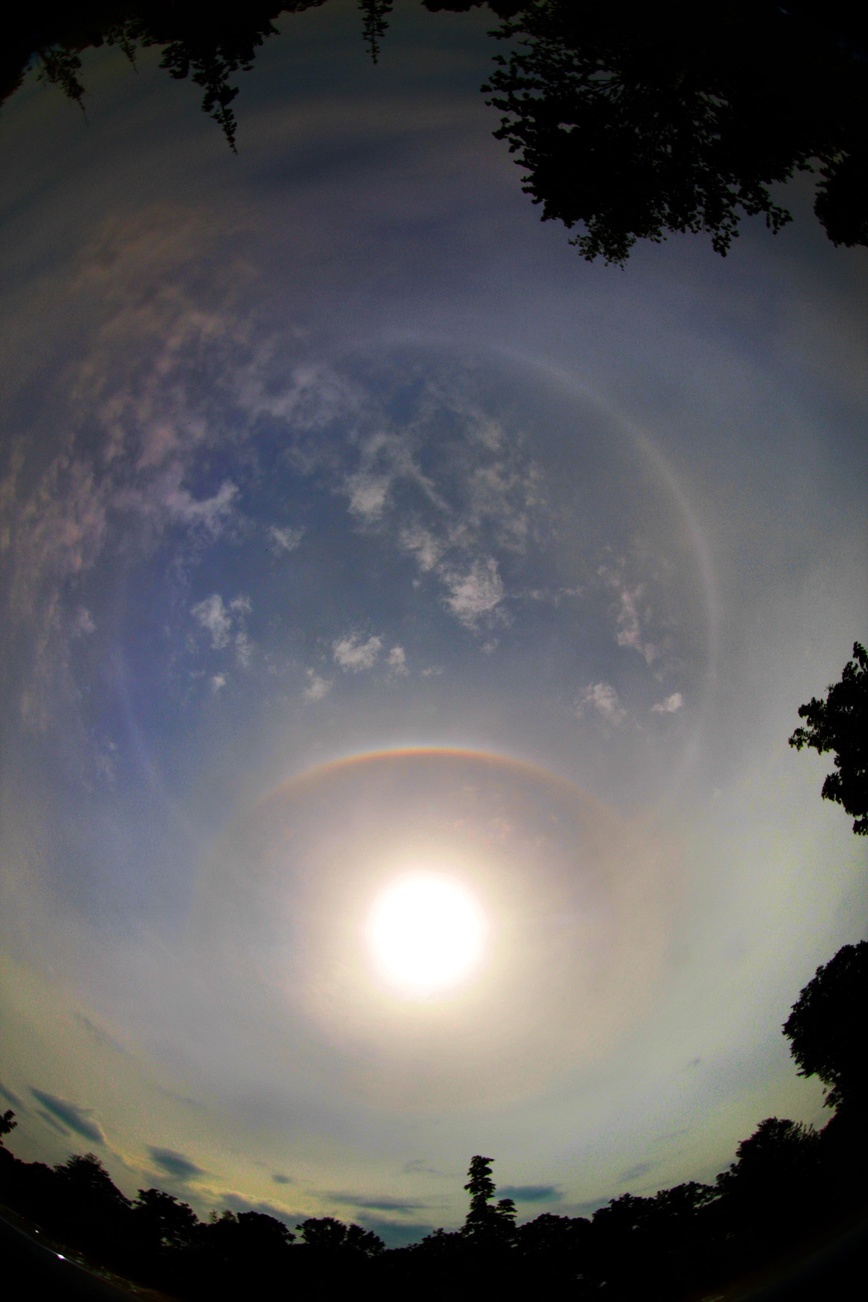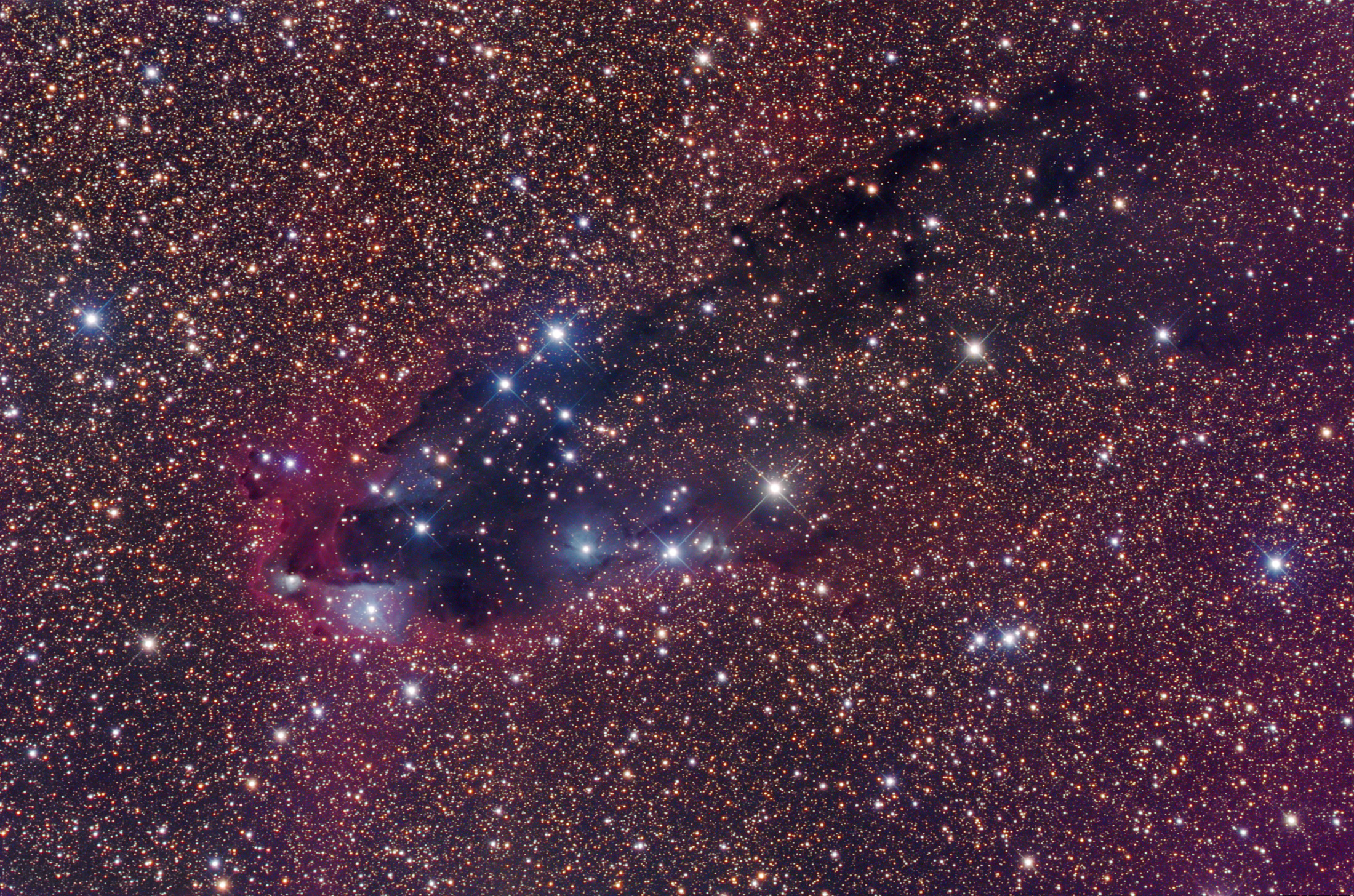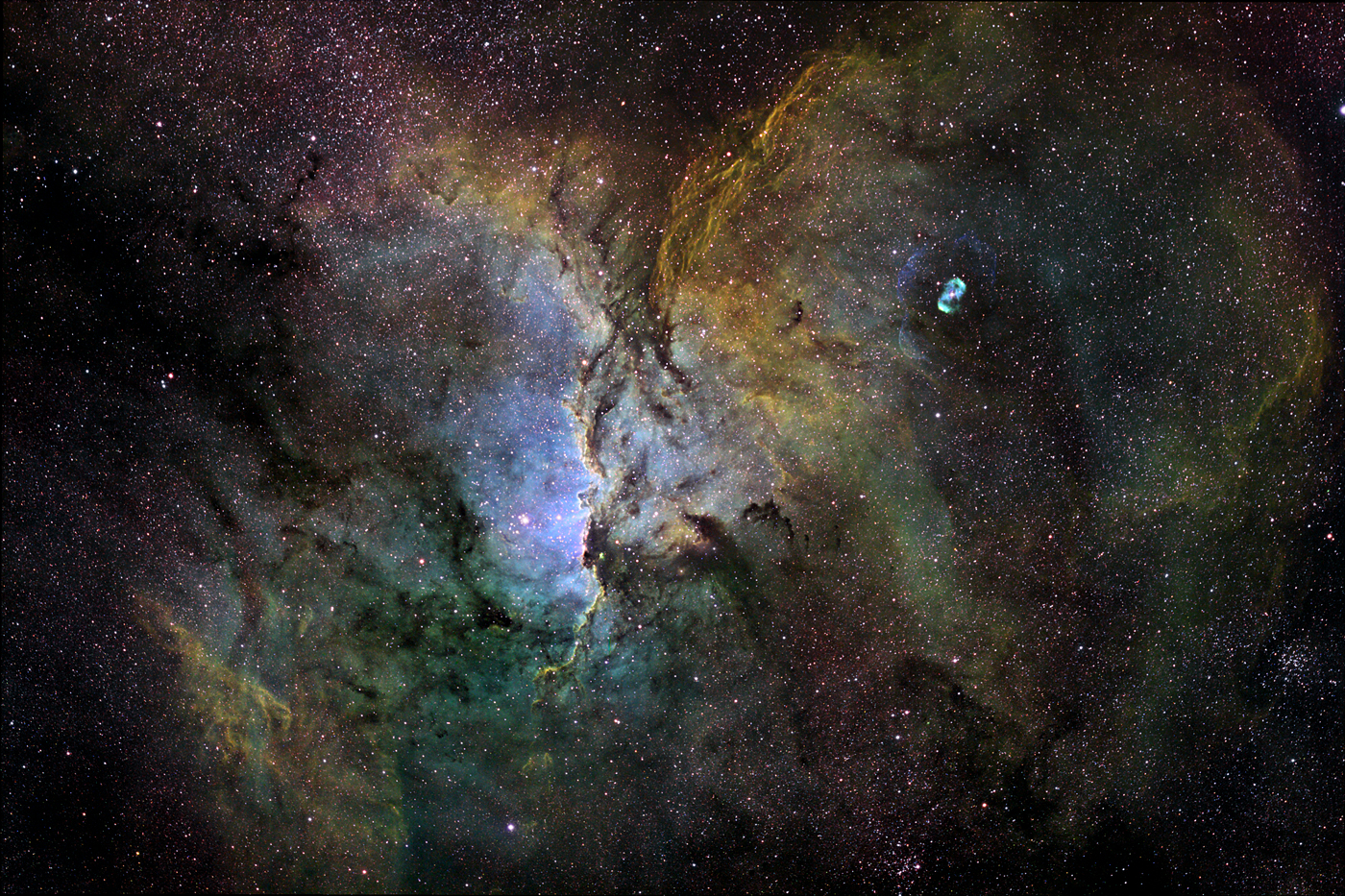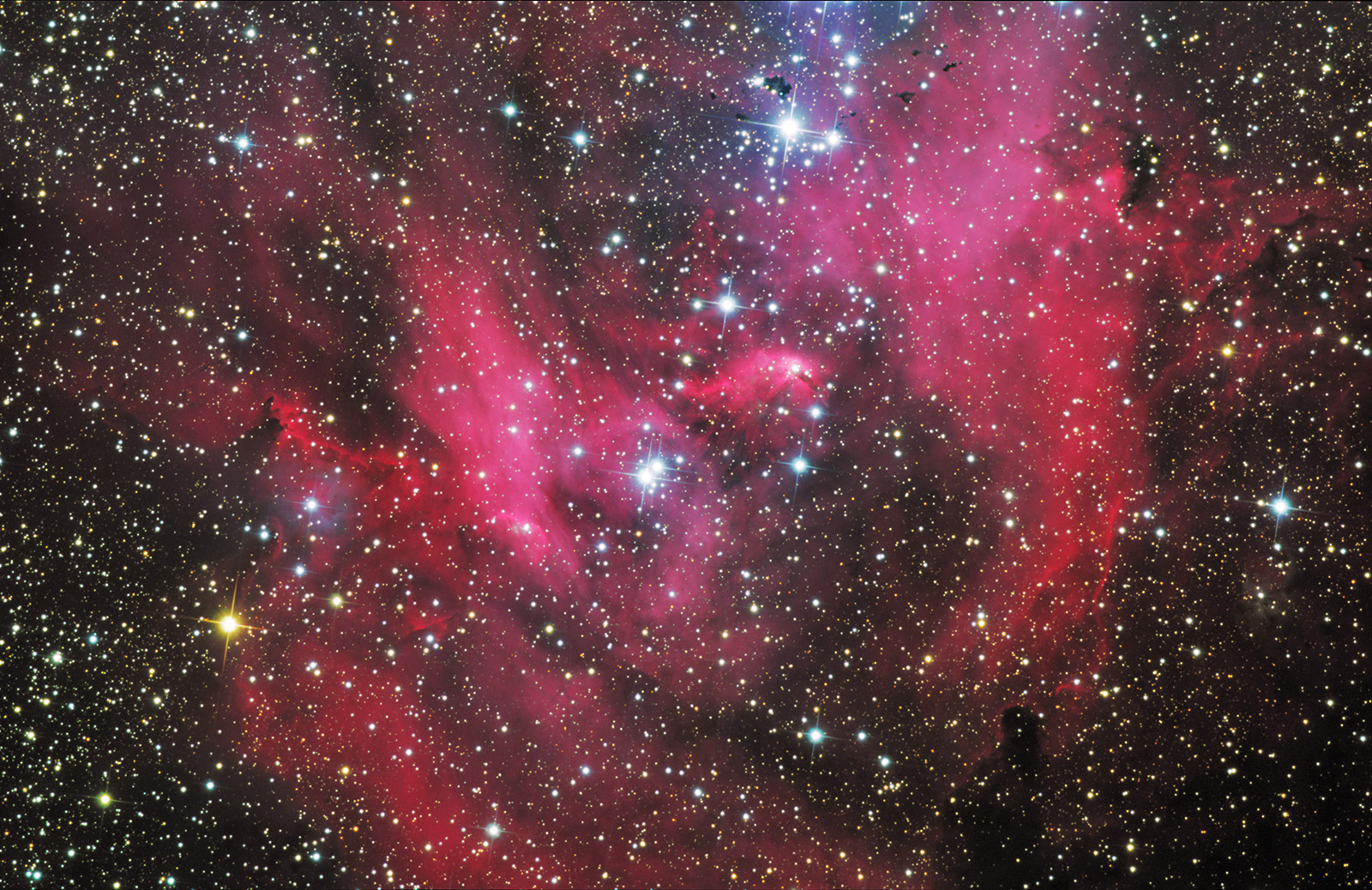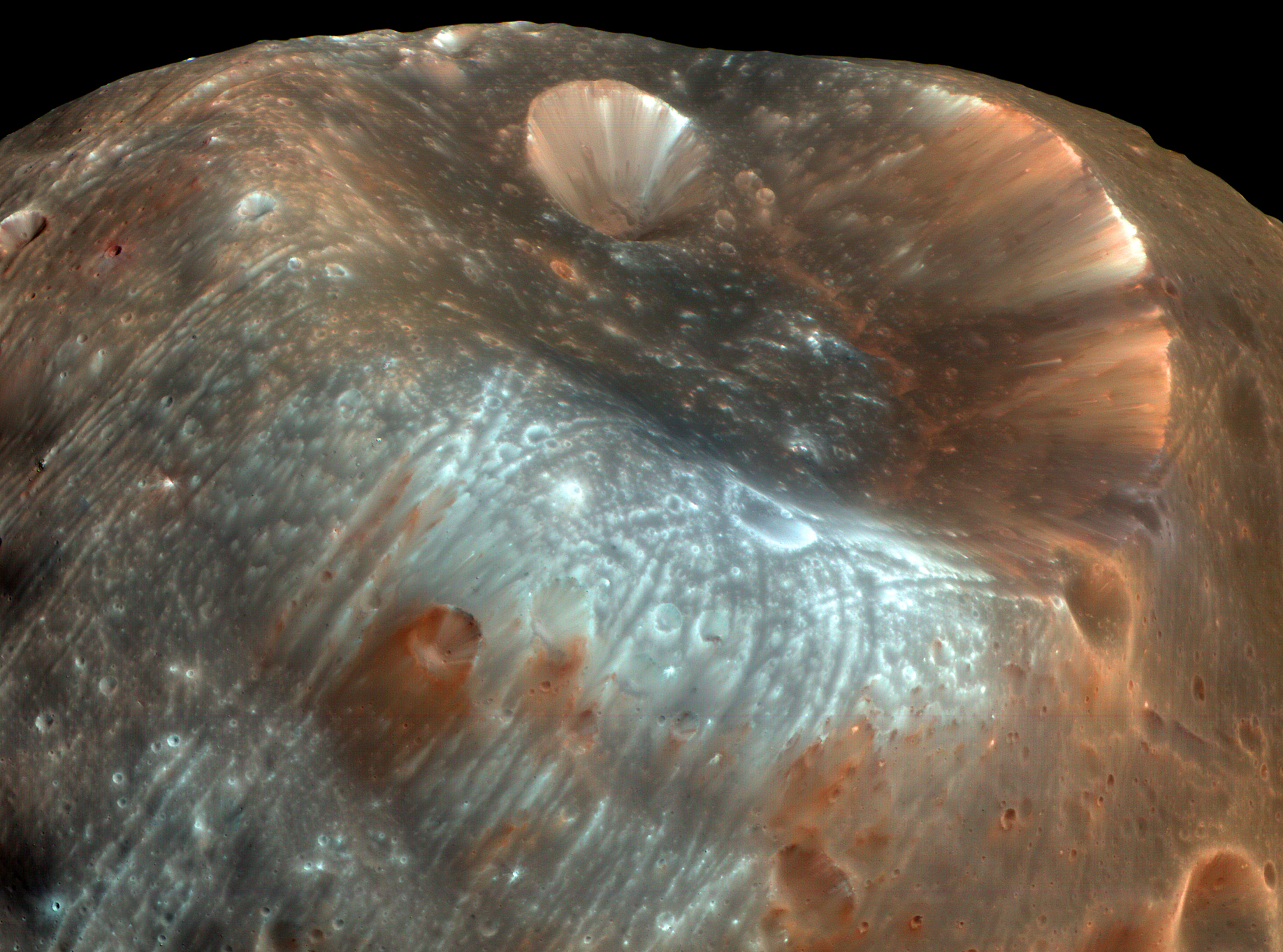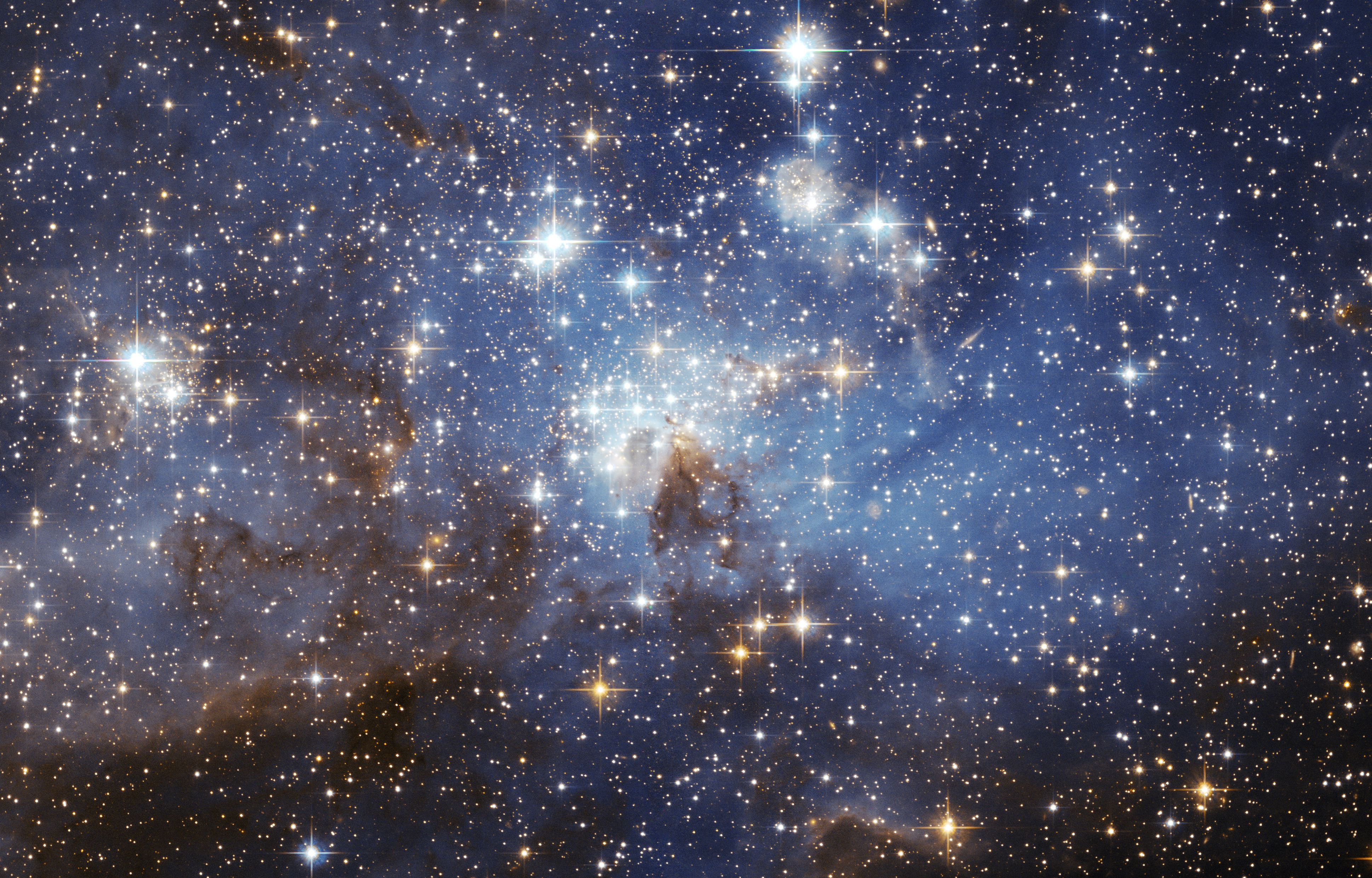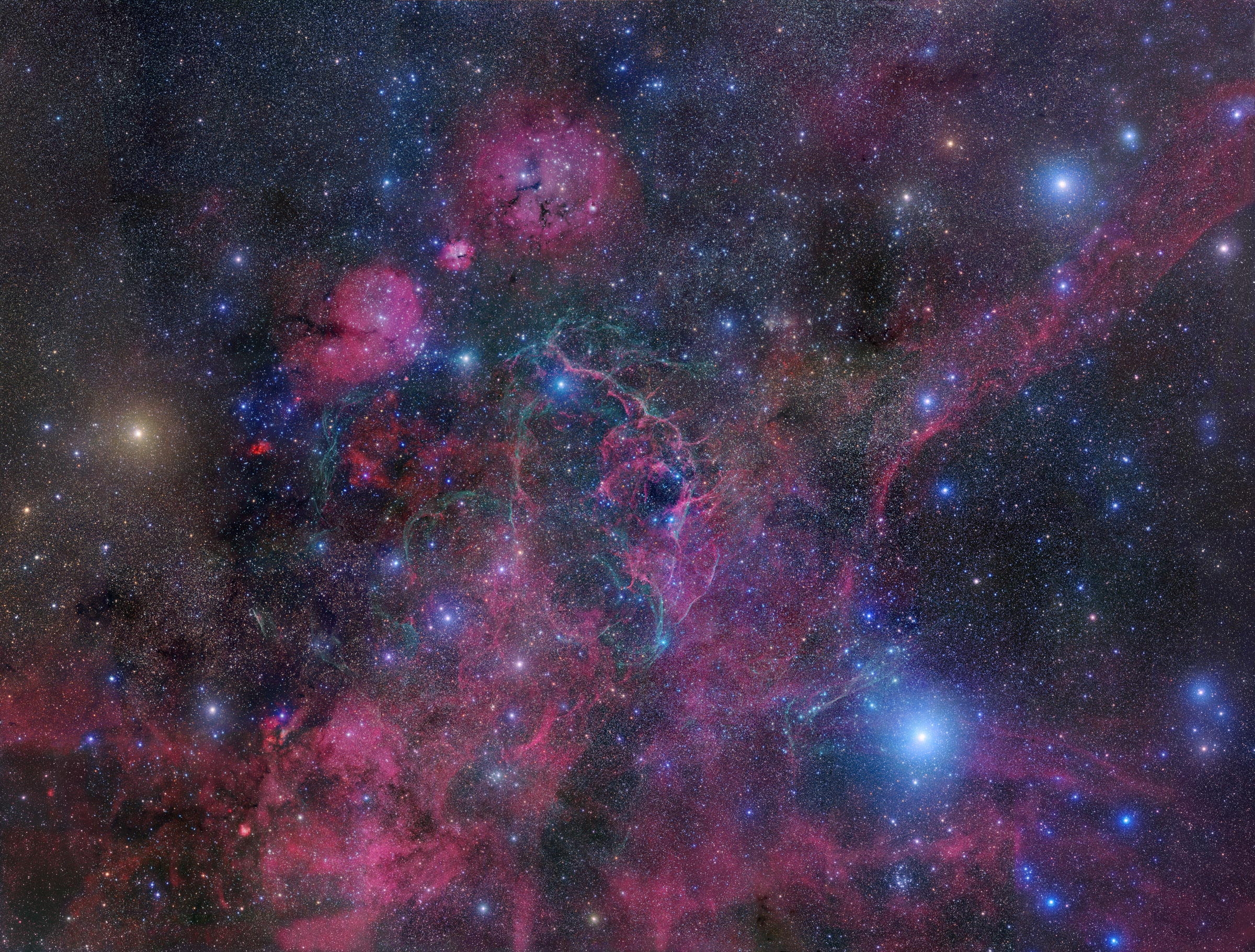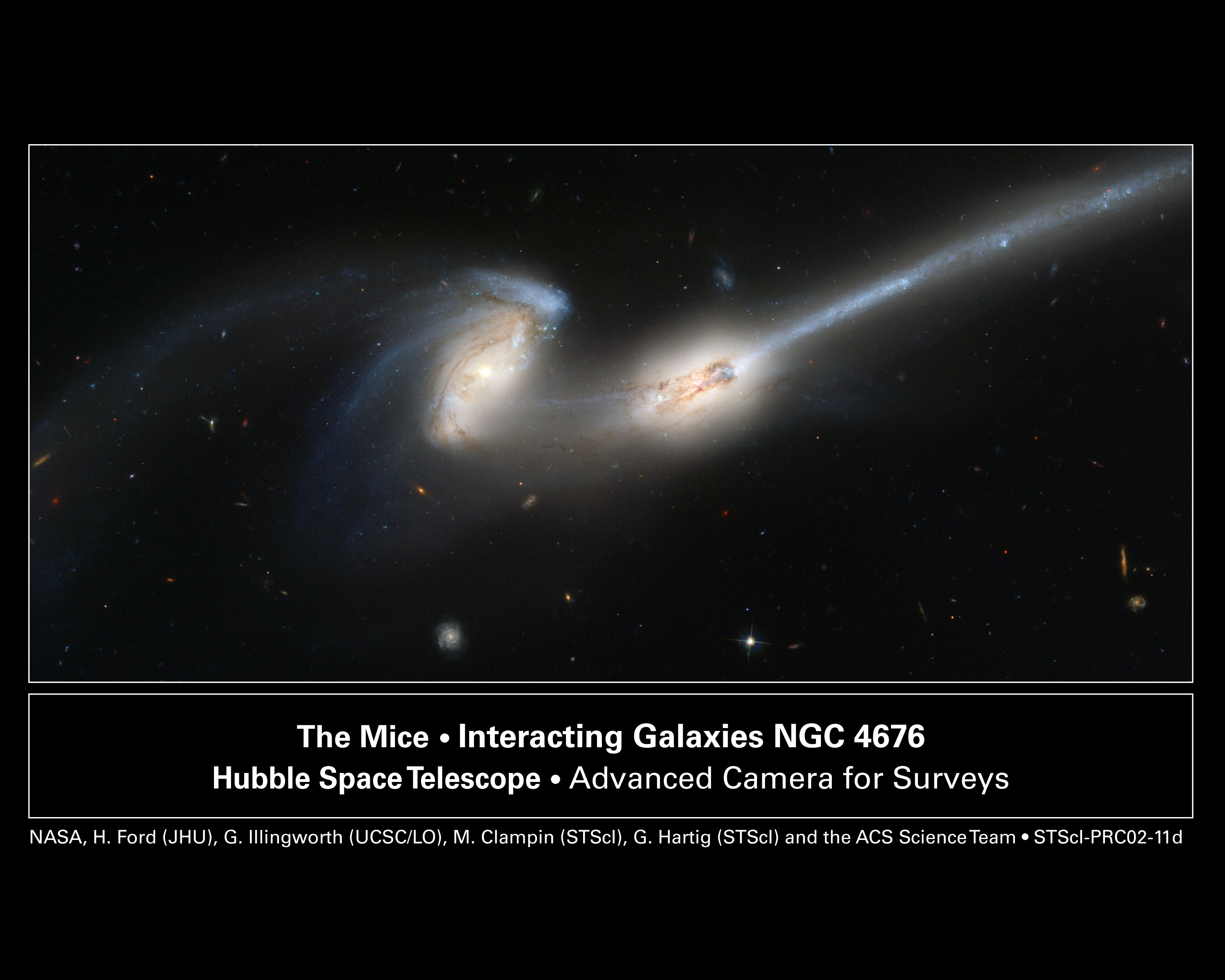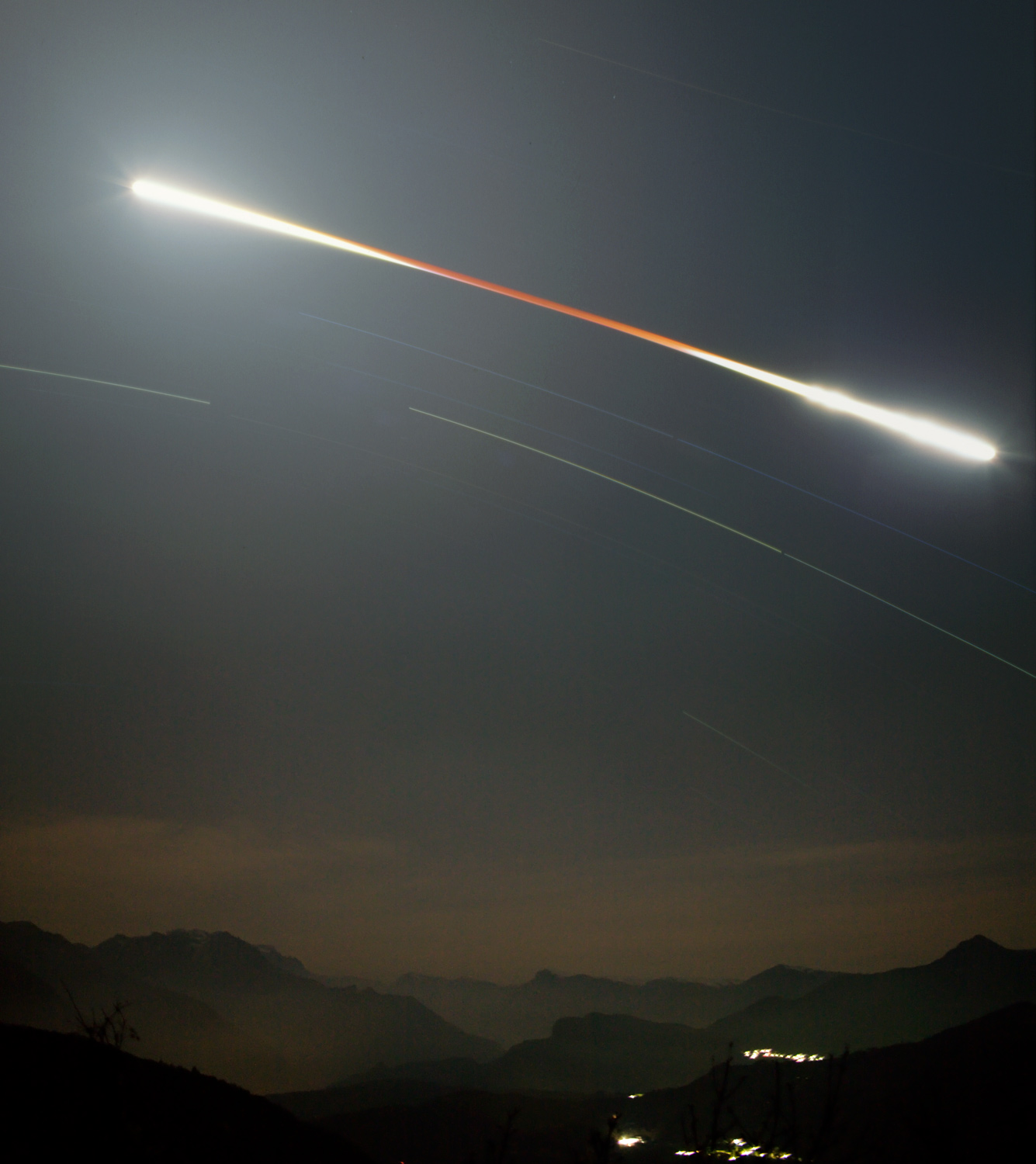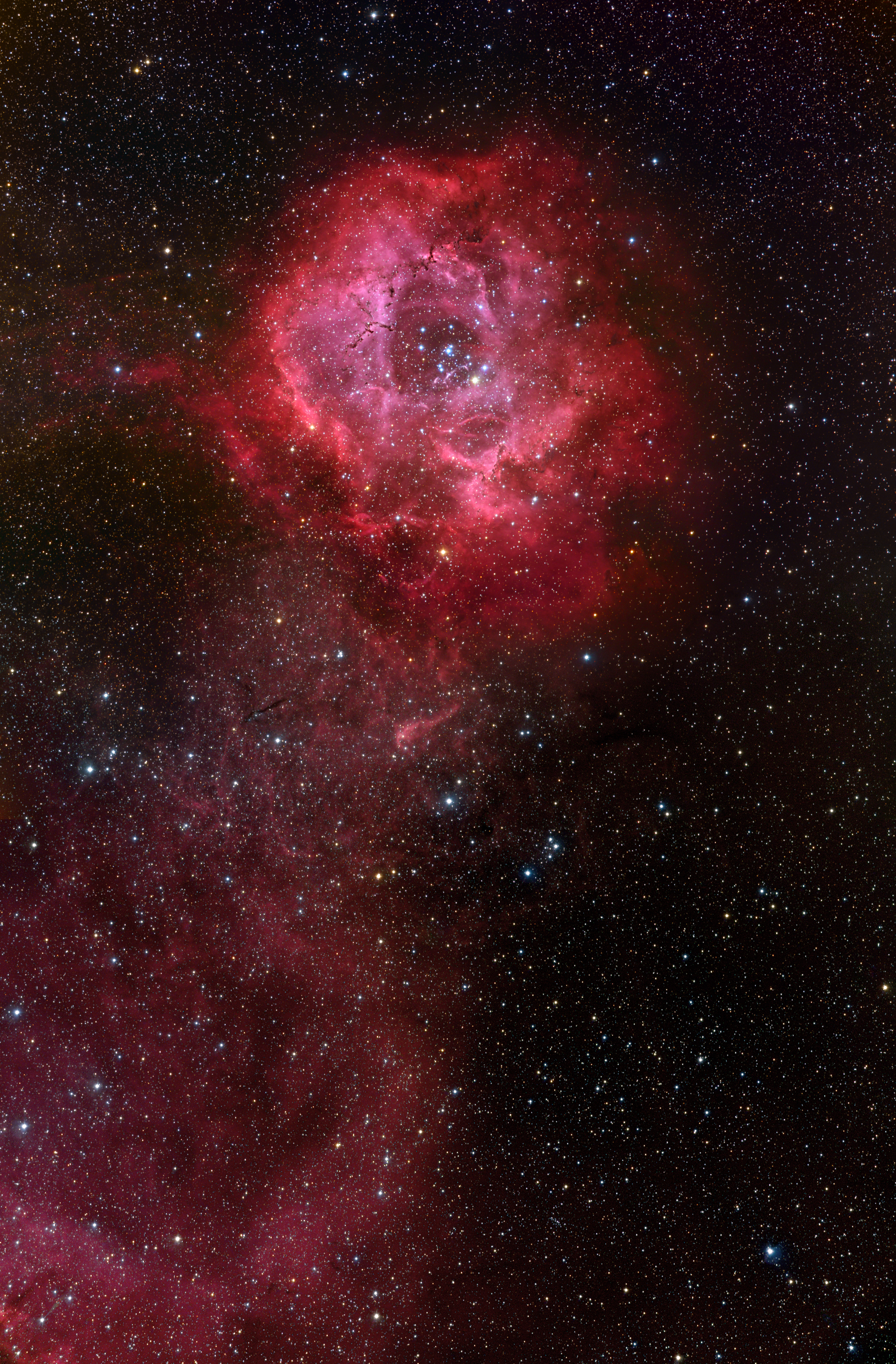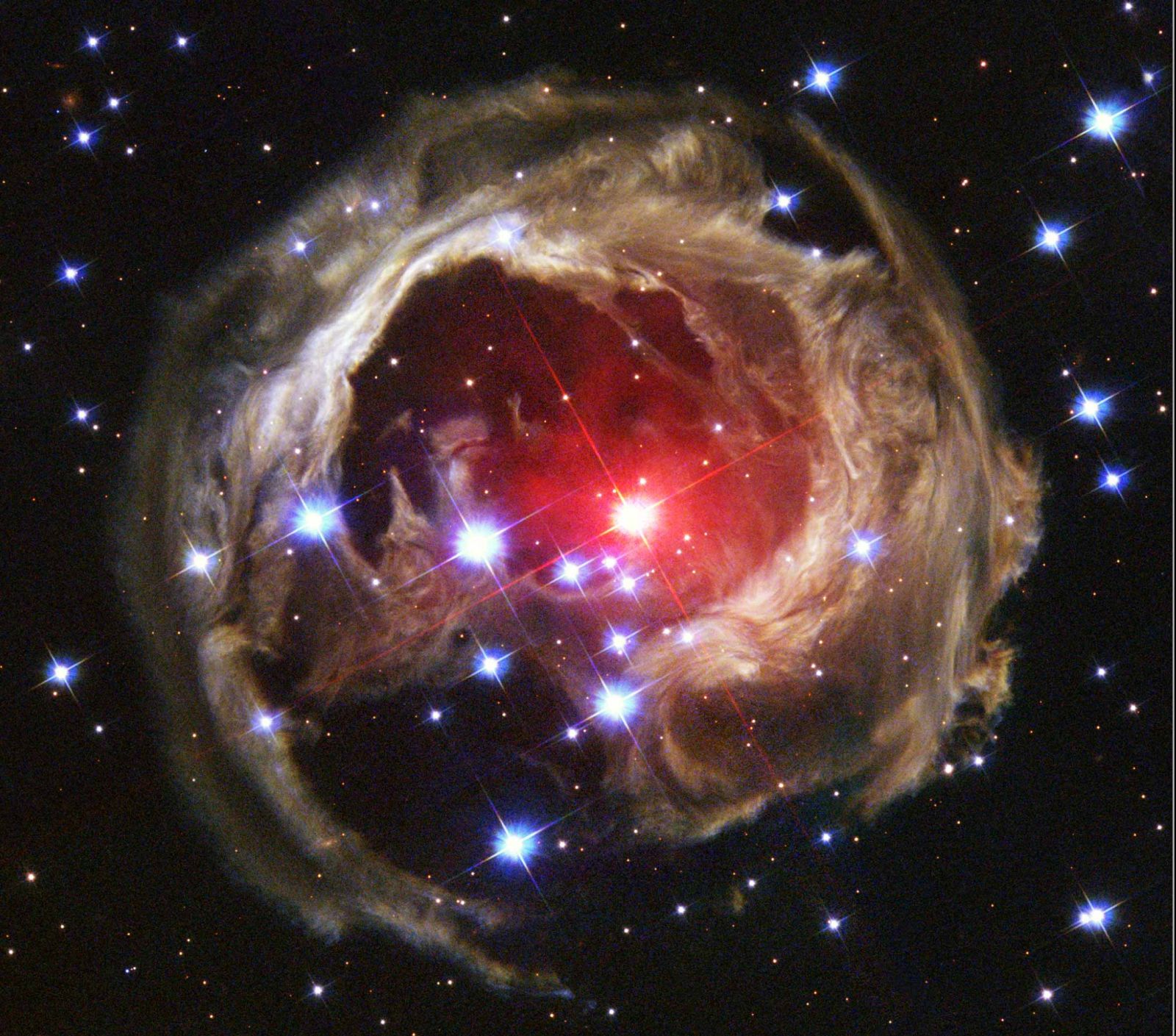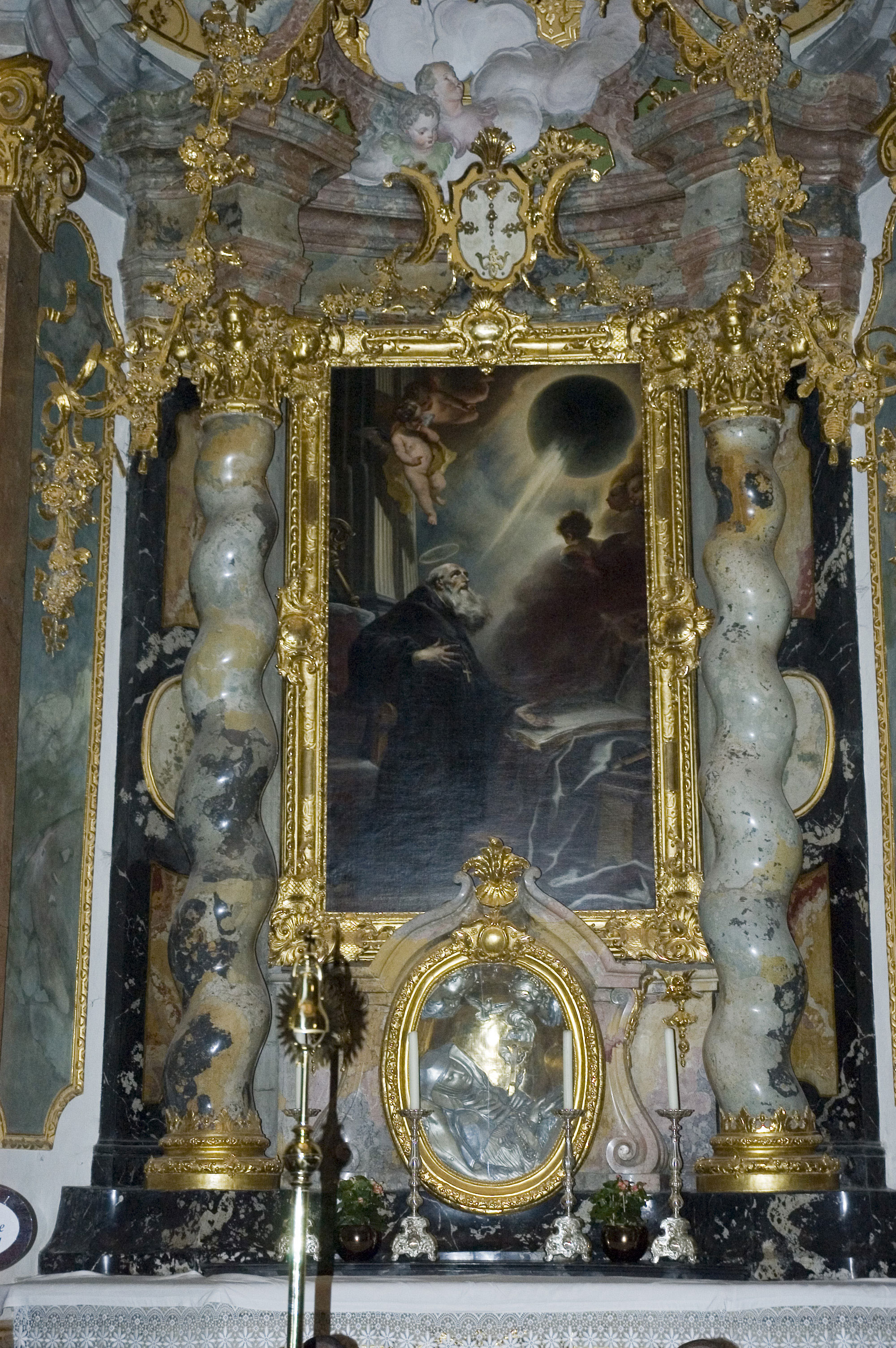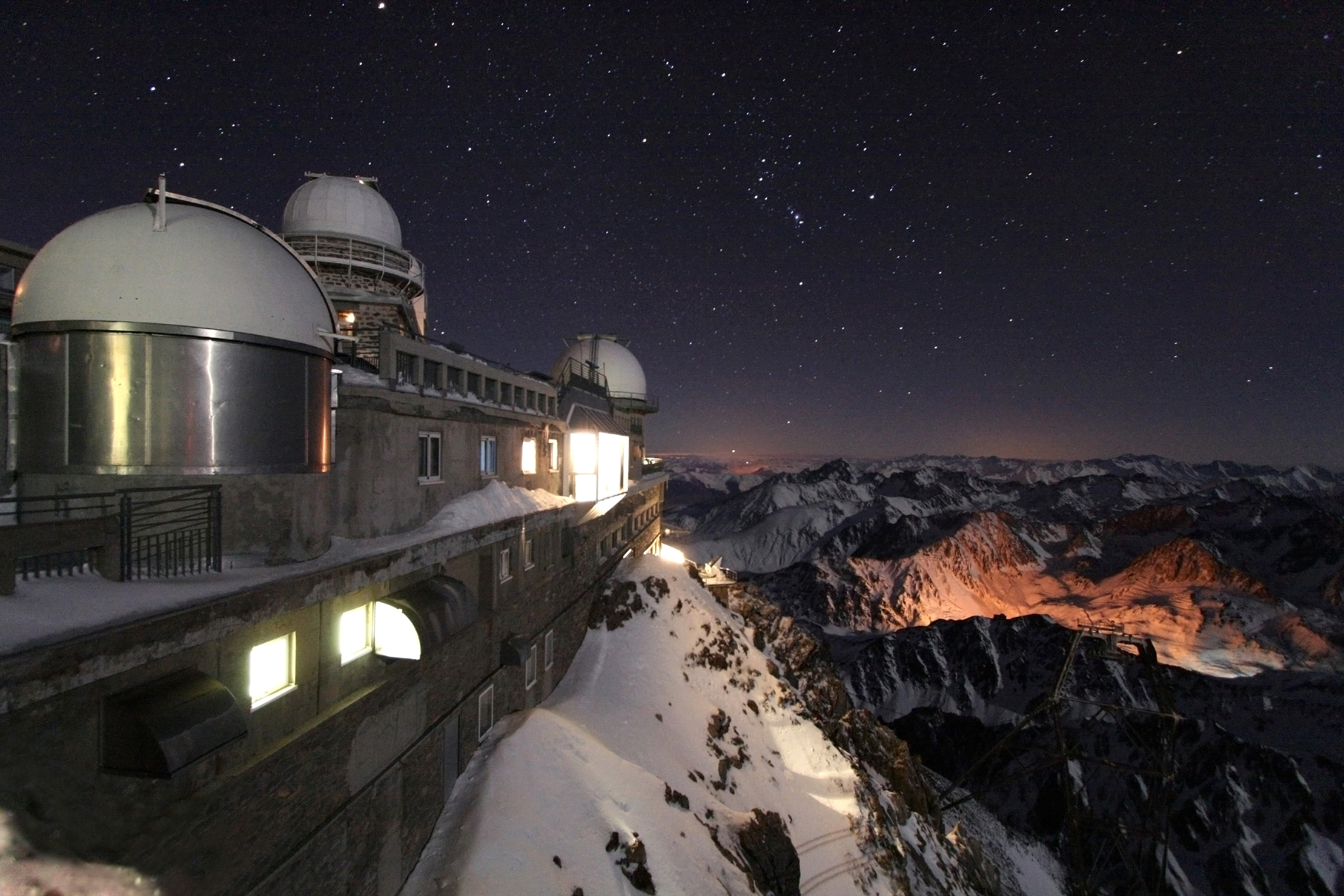Gerard Kuiper
So my assigned person to do a biography on this quarter was Gerard Kuiper. I like his name and the fact that he's from the Netherlands. He died at 68 which I think is quite younger, but then again life expectancy has gone up since the early 1900's. What I really liked about Kuiper was that he had insane eyesight which actually allowed him to see stars almost 4 times fainter than what people with a normal eyesight can see with the naked eye. I really wish that I could do this; it would be SO cool!My astronomer from last quarter worked and studied at the Yerkes Observatory. Turns out that Kuiper also took some time studying here. He discovered two moons in two different planets. He founded Uranus's moon Miranda and Neptune's moon Nereid. I think that He could have done much, much more had he lived longer. Kuiper is considered the father of modern planetary science because he contributed so much to the study.
Kuiper is most known for, well, the Kuiper Belt. Kenneth Edgeworth had proposed about eight years earlier than Kuiper that there were small bodies outside of our system forming into comets. In 1951, Kuiper speculated on the idea, but figured that no such thing existed anymore. It was not until about 20 years after Kuiper's death that his theory was proven and that these belts really existed.
Kuiper was also honored for his accomplishments in several other ways. In 1959, he won the Henry Norris Russell Lectureship of the American Astronomical Society. Several craters on the moon and on other planets have been named after him. There are Kuiper Craters on the Moon, on Mars and on Mercury. In addition he helped identify several binary stars which received Kuiper numbers. It's pretty cool to have things named after you, at least I would think so. I would be ecstatic if I meant that much to the astronomical union and they praised me for such things.
Another cool recognition Kuiper received was the establishment of the Kuiper Prize by the American Astronomical Society Division of Planetary Sciences, an international association of professional planetary scientists. The prize was awarded for the first time in 1984. Since then, the Kuiper Prize has been awarded annually. The Kuiper Prize is the most distinguished award given by the American Astronomical Society to scientists whose achievements have most advanced the understanding of planetary systems. Winners of the Prize include Carl Sagan, James Van Allen and Eugene Shoemaker. Obviously Kuiper was a major person in the study of the solar system. They wouldn't be giving such a distinguished prize named after him for just anybody =)
